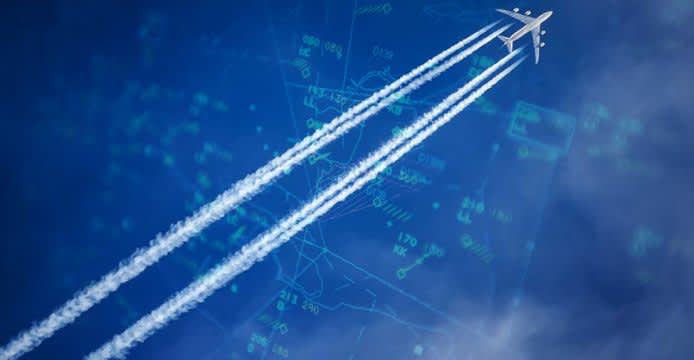

Workshop on Time Based Separation (TBS)
@ ACI Europe
Rue Montoyer 10
1000 Brussels
The SESAR Deployment Manager team is pleased to invite you to this Time Based Separation (TBS) workshop, organised to increase awareness of TBS amongst implementing stakeholders and promote implementation of TBS required by PCP IR as defined in DP edition 2017, AF2.3, Family 2.3.1. Target INEA Call 2017.
Introduction to TBS
Time Based Separation allows for the dynamic separation of arriving aircraft based on the prevailing wind conditions using time rather than distance. During strong headwinds, aircraft fly more slowly over the ground, which has traditionally resulted in extra time between arrivals and consequently delays to arriving flights. However, TBS makes it possible to maintain the landing rate in headwinds by safely reducing the distance between arrivals.
First introduced in 2015 for arrivals into London Heathrow Airport, TBS has saved 115,000 minutes of airborne holding per annum, allowed for an average of 0.8 additional movements in all wind conditions and an additional 2.6 per hour on strong wind days. This has cut Air Traffic Flow Management delays caused by headwinds by 62%, saving the airport and airlines about 100,000 minutes of delay each year. Importantly this has all been achieved alongside a reduction in reported wake vortex encounters and go-arounds.
However, the benefits of being able to optimise the separation distance between arriving aircraft go far beyond weather resilience alone. Time Based Separation can also provide capacity, safety and efficiency benefits for airports with converging, dependent and mixed mode runways. This is without any change to ground infrastructure, runways or airport facilities.
Work is also ongoing as part of SESAR 2020 looking at how wake vortex separations can be further optimised. This involves a move to pairwise separation on approach, doing away with current wake categories (RECAT) and providing individual tailored approach separations between aircraft pairs, which will add significant additional runway capacity.
Objective
Promote implementation of TBS required by PCP IR as defined in the Deployment Programme edition 2017, Family 2.3.1.
Audience
Implementing stakeholders identified in PCP IR (ANSPs, MET when not represented by ANSP and airports) and airspace users that need to be capable to operate TBS procedures and will need training. Stakeholders identified in PCP IR but not yet listed for TBS.
Programme
9:00 Welcome coffee
9:30 Start workshop
Introduction of Workshop Objectives and Participants (tour de table)
Introducing TBS
a. Ground perspective: Airport and ANSP view
b. Airborne perspective: Aircraft Operators and need for crew training
c. Experience from real implementation: London Heathrow (to be confirmed) – NATS – British Airways (to be confirmed)
d. Introducing experience from EUROCONTROL in TBS-implementation (Paris CDG, Vienna) including RECAT and other support services like simulation, transfer of know how.
TBS and the Deployment Programme
a. What is required by the PCP
b. Expected benefits (not limited to head winds conditions)
c. Recommendations for deployment
Questions & Answers session
Conclusions and way forward
16:30 End workshop